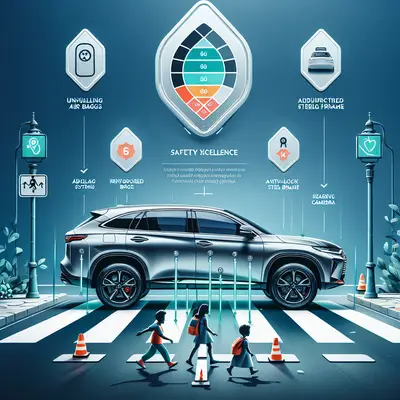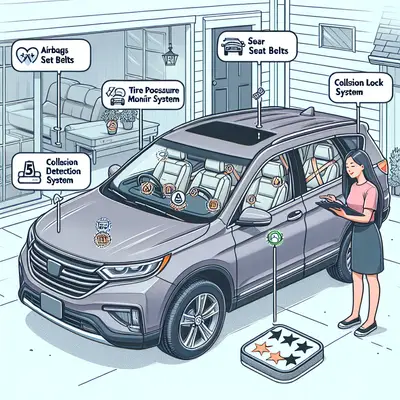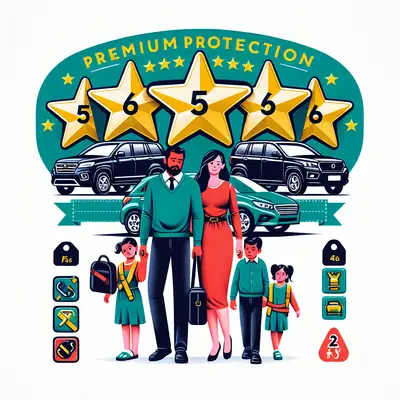In the quest for the perfect family SUV, safety stands as a paramount consideration. With an array of models touting top-notch safety features, it can be a daunting task to decipher the important aspects of safety ratings. This article uncovers five nuanced facets of family SUV safety ratings that can guide discerning families in their pursuit of a secure and reliable vehicle.
1. Vehicle Stability and Traction Control
The importance of vehicle stability in an SUV cannot be overstated. Systems that enhance stability and traction control are crucial to preventing rollovers, a concern particularly associated with SUVs due to their higher center of gravity. The best SUVs are imbued with advanced stability control systems, reducing the risk of accidents in challenging driving conditions.
2. Advanced Safety Technology
Today's SUVs are often equipped with state-of-the-art safety technologies such as automatic emergency braking, lane departure warning, and blind-spot detection. These systems offer an extra layer of protection, actively helping to avoid collisions or mitigate their impact, thereby elevating the vehicle’s safety ratings.
3. Crash Test Ratings
Crash test ratings, provided by authorities like the National Highway Traffic Safety Administration (NHTSA) and the Insurance Institute for Highway Safety (IIHS), are crucial in assessing a vehicle's safety. These ratings reflect how well a vehicle protects its occupants in the event of a collision. Top-rated SUVs have proven their mettle in these rigorous tests.
4. Child Safety Features
For families with young children, the availability and quality of child safety features can be a deciding factor. Look for SUVs with robust child safety provisions, such as LATCH (Lower Anchors and Tethers for Children) systems that allow easy and secure installation of child safety seats, and rear door locks that prevent children from accidentally opening doors while the vehicle is in motion.
5. Active and Passive Safety Features
While active safety features help prevent accidents, passive safety features aim to minimize injuries when an accident occurs. These include airbags, crumple zones, and high-strength steel safety cages. An SUV with a harmonious balance between active and passive safety features tends to have a higher safety rating.
Conclusion
Navigating the labyrinth of safety ratings can be complex, but understanding these nuanced facets can help families make an informed decision. Ultimately, the goal is to find an SUV that not only meets your lifestyle needs but also provides the highest level of safety for your loved ones.



